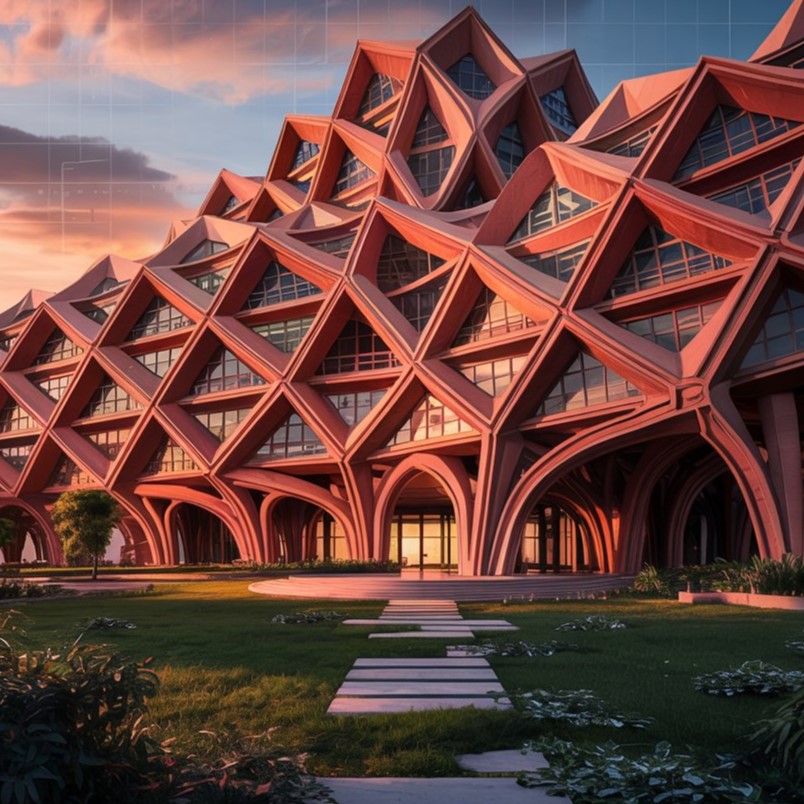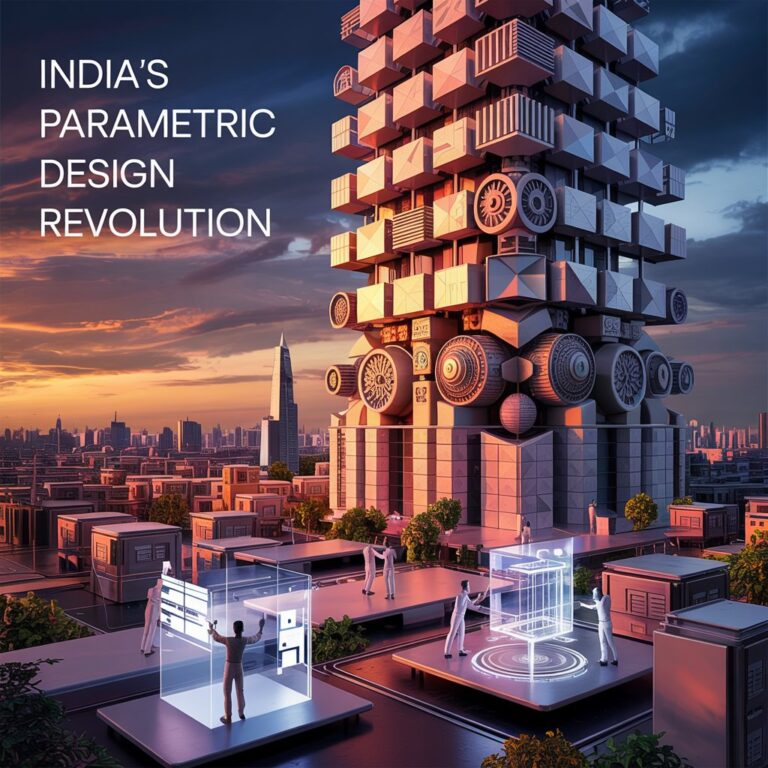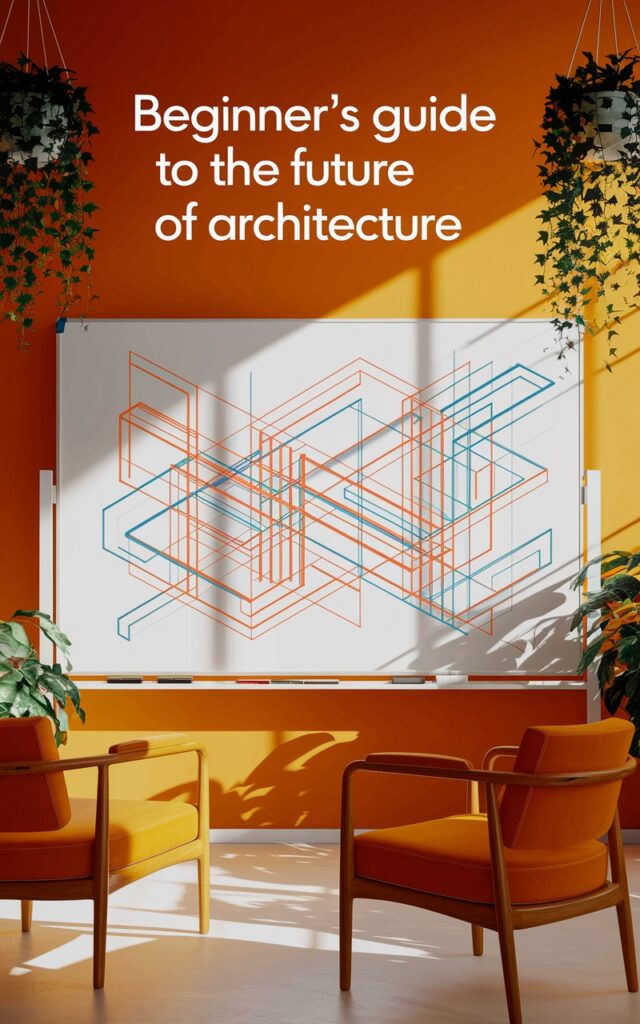Introduction
Imagine walking through a city where buildings twist like ancient temple carvings, where facades mimic the rhythm of monsoon rains, and where every curve tells a story of India’s past and future. This isn’t science fiction—it’s the reality taking shape across India, thanks to a bold new generation of architects embracing parametric design. A fusion of art, mathematics, and cutting-edge technology, parametric design is rewriting the rules of architecture, and India’s young innovators are leading the charge.
Why This Revolution Matters
Parametric design isn’t just about creating visually stunning structures—it’s a movement reshaping how India builds. For decades, Indian architecture oscillated between colonial-era relics and cookie-cutter glass towers. Today, a wave of designers is blending tradition with hyper-modern techniques to create spaces that are sustainable, culturally resonant, and uniquely Indian. Here’s why this shift is transformative:
- Sustainability Meets Innovation: Parametric tools optimize material use and energy efficiency, critical for a nation grappling with climate challenges.
- Cultural Rebirth: Algorithms are being trained on motifs from Mughal jaalis, temple mandalas, and regional art forms, giving ancient patterns new life.
- Economic Accessibility: Firms like Soga Design Studio are proving that parametric design isn’t just for luxury projects—it’s scalable for affordable housing and public infrastructure.
How Parametric Design Works: Breaking Down the Magic
At its core, parametric design uses algorithms to generate forms based on predefined rules. Think of it as a dance between math and imagination: architects input parameters like sunlight angles, wind patterns, or cultural symbols, and software creates thousands of design iterations. The result? Buildings that are both functional and poetic.
Key Benefits Driving India’s Adoption
- Climate Responsiveness: Structures adapt to local weather—self-shading facades for Rajasthan’s heat, breathable walls for Kerala’s humidity.
- Cost Efficiency: By minimizing material waste and automating calculations, projects stay within budget without sacrificing creativity.
- Speed & Precision: Complex designs that once took months to draft are now generated in days, accelerating India’s urban development.
Real-World Examples: Parametric Design in Action
From metro stations to museums, parametric architecture is leaving its mark. Here are three groundbreaking projects redefining India’s skyline:
1. The Lotus Tower, New Delhi
Inspired by India’s national flower, this mixed-use complex uses parametric modeling to create petal-like balconies that adjust their angle based on sunlight. The result? A 30% reduction in cooling costs and a landmark that glows like a diya at night.
2. Ahmedabad’s Adaptive Heritage District
When restoring 15th-century pol houses, architects used parametric tools to design custom brick jaalis. These lattice walls honor traditional craftsmanship while improving ventilation—a perfect marriage of old and new.
3. Soga Design Studio’s “Wave Pavilion”, Mumbai
This community center features a roof that mimics ocean waves, designed using tidal data from the Arabian Sea. Built with 3D-printed recycled plastic, it’s a testament to how parametric design can be both eco-friendly and affordable.
The Challenges: Breaking Barriers in a Traditional Industry
Despite its potential, parametric design faces hurdles in India. Many contractors still rely on conventional methods, and the misconception that it’s “too complex” or “expensive” persists. However, studios like Soga Design Studio are tackling these issues head-on by:
- Conducting workshops to train local artisans in digital fabrication
- Developing open-source parametric tools tailored to Indian materials
- Partnering with NGOs to bring parametric solutions to rural areas
Looking Ahead: The Future of Indian Architecture
As VR, AI, and robotics integrate with parametric tools, the possibilities are endless. Imagine smart cities where buildings “breathe” to control pollution, or disaster-resistant homes designed using regional seismic data. With firms like Soga Design Studio pushing boundaries, India is poised to become a global hub for parametric innovation.
Conclusion
India’s parametric design revolution isn’t just about buildings—it’s about reimagining identity in the digital age. By weaving technology with tradition, young architects are creating spaces that honor India’s soul while embracing its future. As this movement grows, it promises to make world-class design more inclusive, sustainable, and deeply rooted in local culture.
Ready to be part of this transformation? Share your thoughts on how parametric design could reshape your city, or explore Soga Design Studio’s pioneering projects to see the future of Indian architecture unfolding today.




